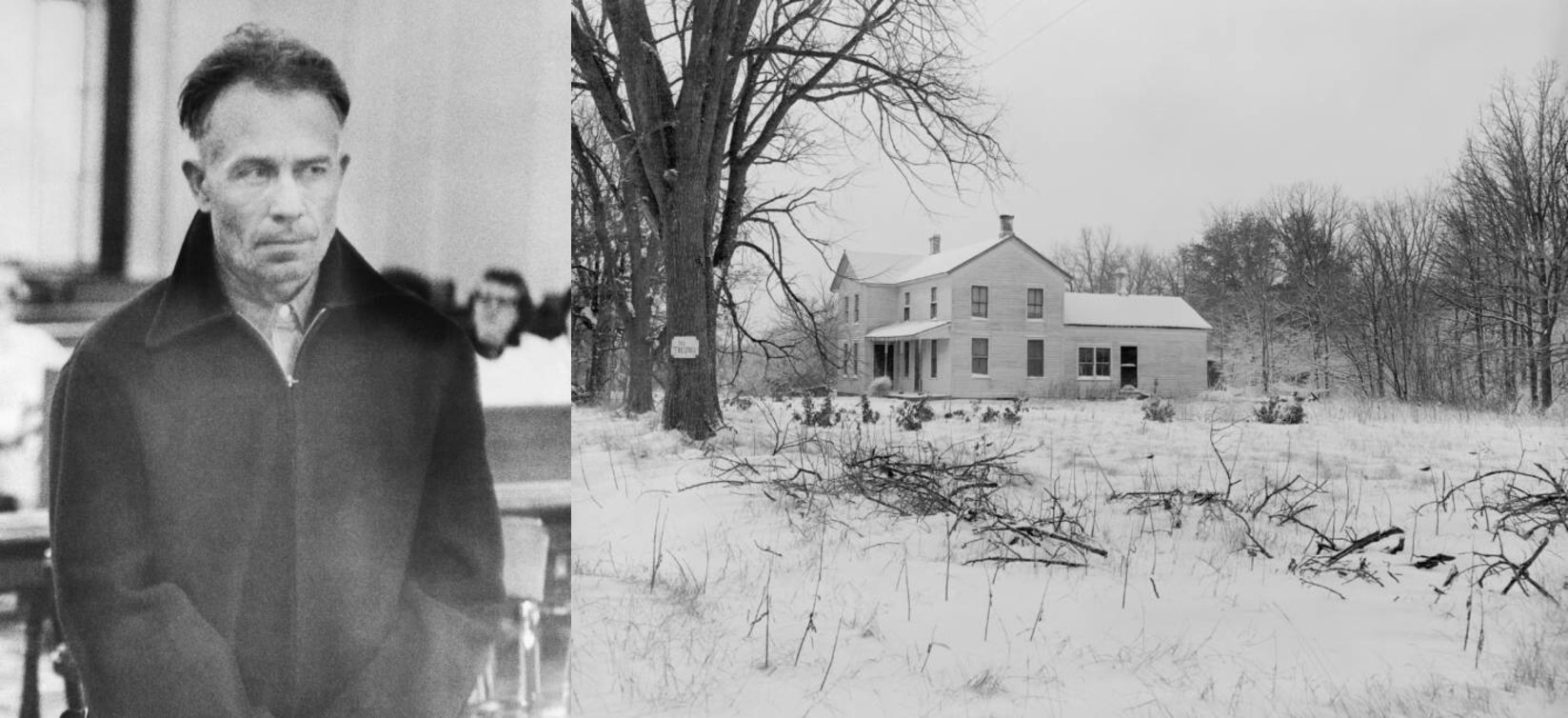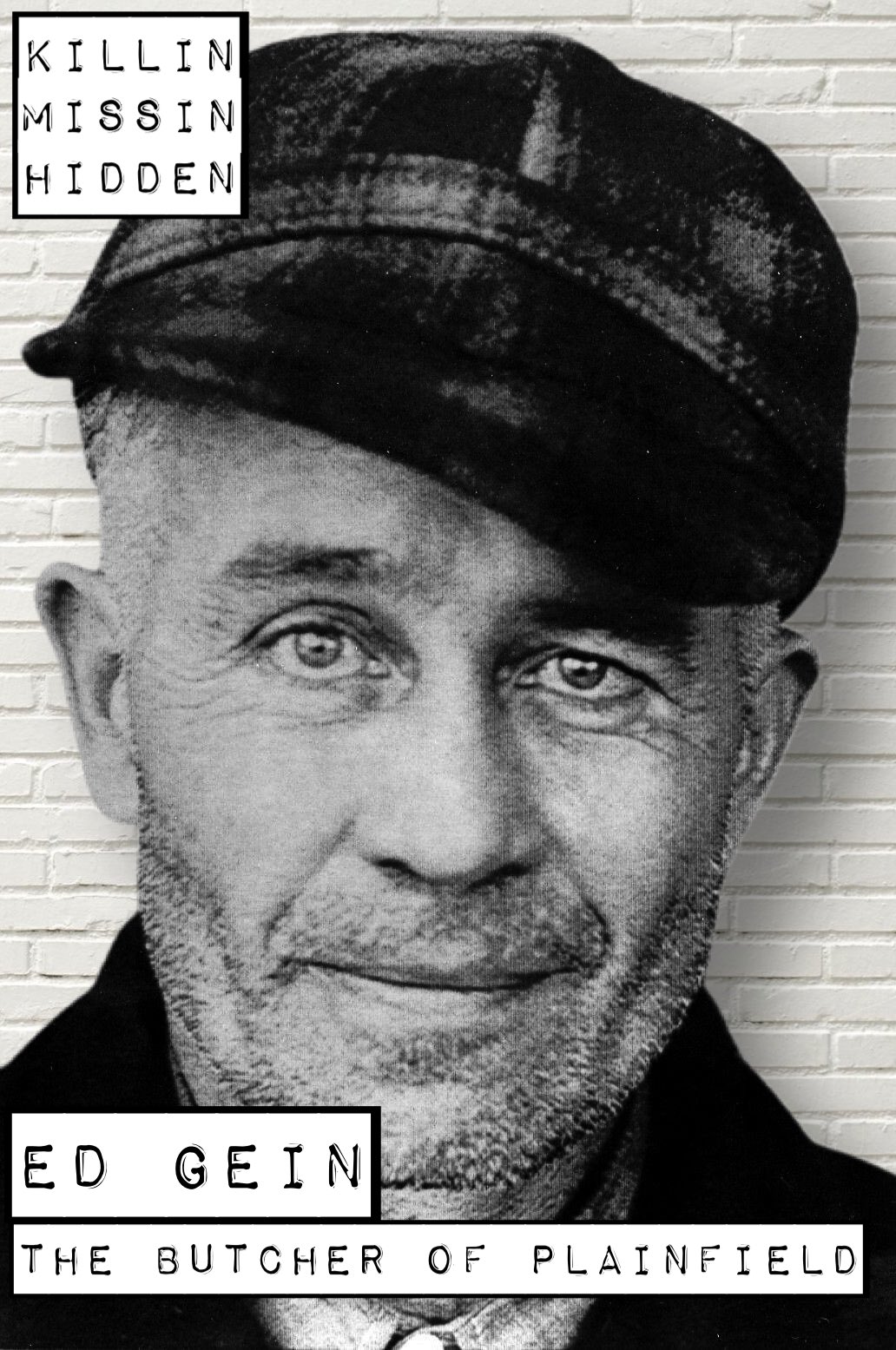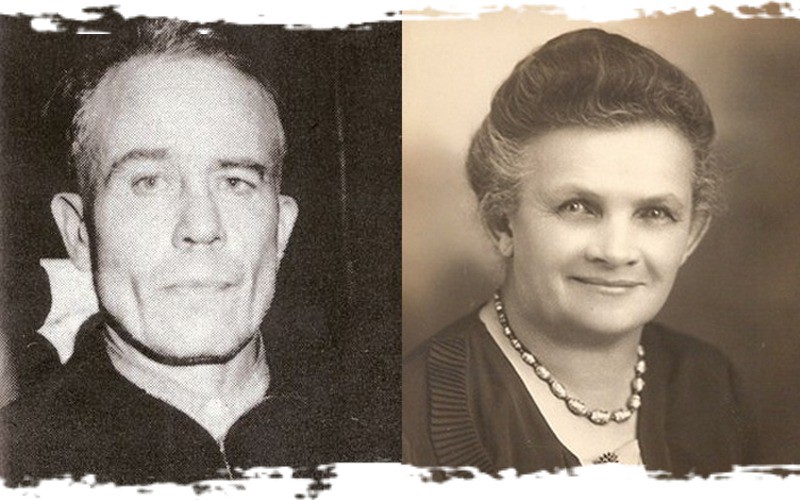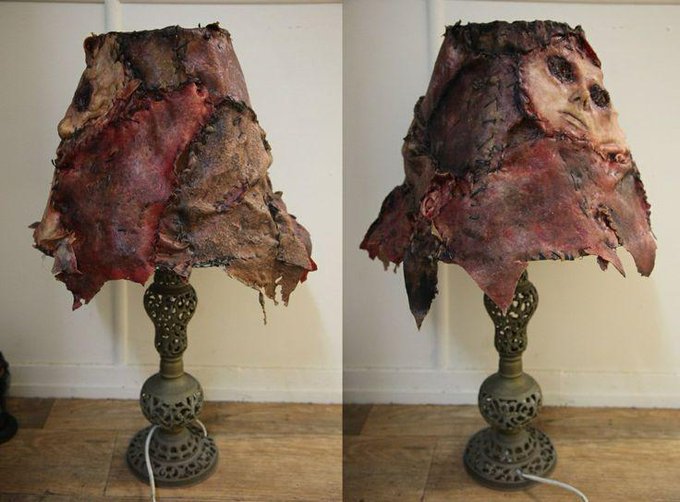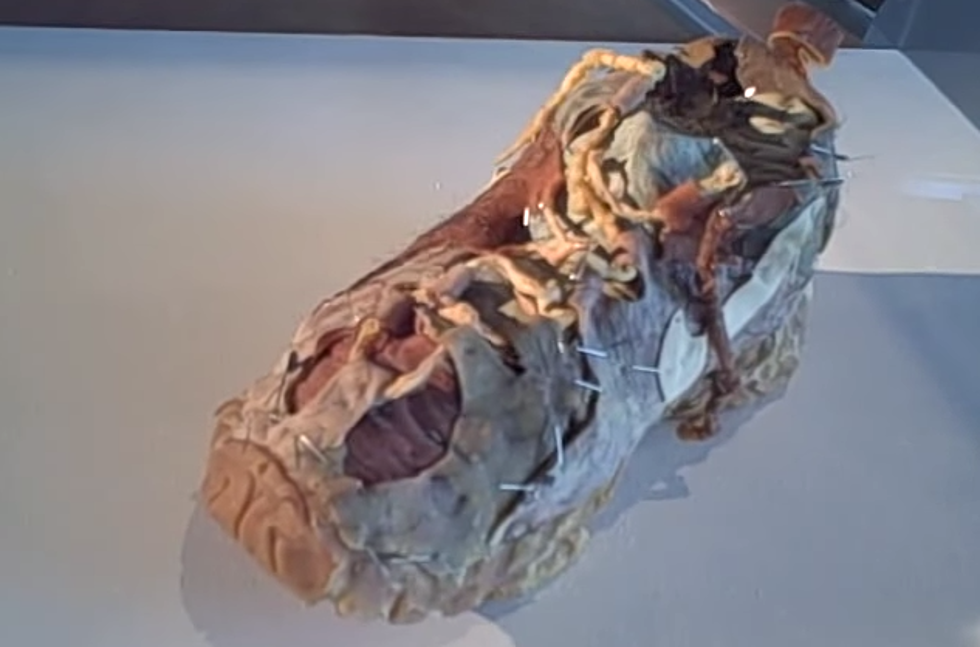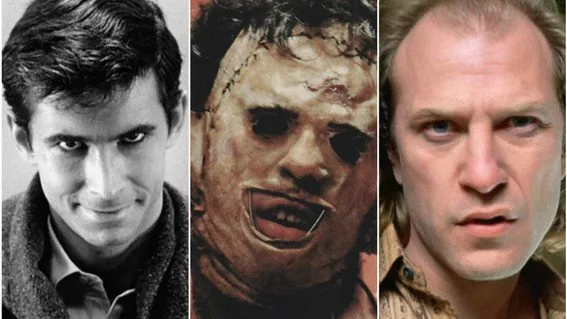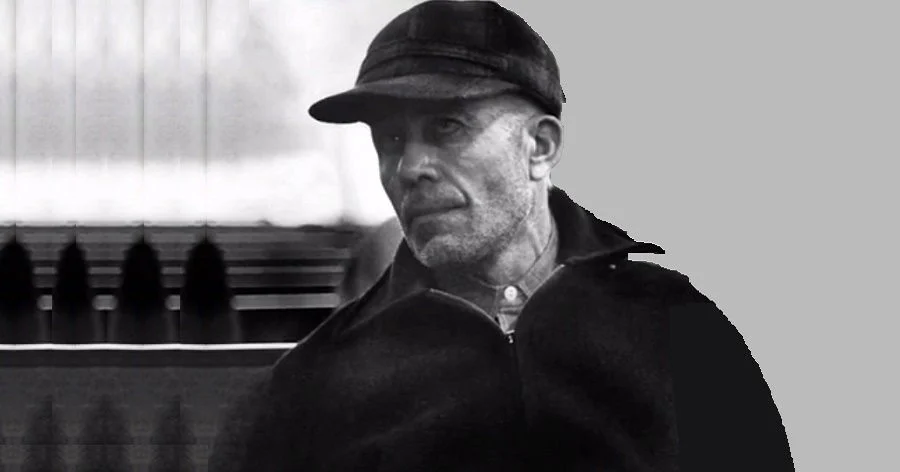Have you seen Silence of The Lambs, The Texas Chainsaw and/or Psycho? If yes, you’d know something about the macabre story of a brutal psychopath, Ed Gein, who was also known as “Butcher of Plainfield”. If not, read on to learn about the horrific tale of this real-life killer and then maybe, get your hands on these disturbing classics. Here is a detailed version of the unimaginable things Ed Gein did to many innocent lives.
Who was Ed Gein?
American murderer and body snatcher, Edward Theodore Gein was born in a rather disturbing family in La Crosse County, Wisconsin in 1906. His mother, Augusta was fervently religious while his father George was an alcoholic, whom his mother hated to the core. Ed Gein was taught by his mother about the innate immortality of the world, the evil of drinking and her belief that all women, except for herself, were instruments of the devil.
As a young child, Gein was shy and his classmates often mocked him for having strange mannerisms, such as random laughter. His mother, Augusta punished him whenever he tried to make friends. Despite being aloof, he did fairly well in academics.
Ed’s lazy eye and speech impediment made him an easy victim of bullies. But again, who knew that a timid child will someday turn into a monstrous figure, who’d be known for butchering human bodies and crafting furniture and bodysuits out of them.
So how did it all start? Well, despite her harsh behaviour, Ed Gein adored her mother. He absorbed her lessons about the world and seemed to embrace her harsh worldview. Ed’s brother Henry used to question Augusta’s belief but Ed never did so. So yea, it’s no surprise that Ed Gein’s first victim was perhaps his older brother Henry.
Henry’s Death Termed As An Accident…
In 1944, Ed Gein was burning away marsh vegetation with his older brother Henry. However, only one of them survived through the night. As they worked on their field, fire suddenly got out of control and when firefighters came, Ed told them that Henry had vanished. His body was found soon afterwards, face down in the marsh, dead from asphyxiation.
The police dismissed the possibility of foul play and the county coroner later officially listed asphyxiation as the cause of death. But, here is the catch, accidental or not, Henry’s death meant that Ed Gein and Augusta had the farmhouse to themselves. They lived there in isolation for about a year, until Augusta’s death in 1945. It was later reported, by biographer Harold Schechter, that Henry had bruises on his head.
The Rise Of the Butcher Of Plainfield…
After his mother’s demise, Ed Gein locked himself away in his own world and transformed the house into something of a shrine dedicated to Augusta’s memory. He boarded up the rooms that she used, keeping them in pristine condition and started living in a small bedroom off the kitchen.
Ed Gein spent all his time reading pulp magazines, and adventure stories involving cannibals and Nazi atrocities. He started becoming obsessed with learning about Nazi medical experiments, human anatomy and consuming porn. Well, he never attempted to date any real-life woman. This was the beginning of his indulgence in his sick fantasies but it took a long time for anyone to realise what he was capable of.
In 1954, Ed Gein took his first victim, although this wasn’t obvious right away. Mary Hogan was a divorced bartender who resembled Gein’s mother. She was reported missing when a puddle of blood and a .32 cartridge were discovered at the tavern where she worked. Gein started making jokes about the missing woman to the townspeople.
At first, they were ignored, but everything changed in November 1957 with the disappearance of a local hardware store owner named Bernice Worden, as he vanished leaving nothing behind but bloodstains, which were discovered by his son, Deputy Sheriff Frank Worden.
He told the investigators before his mother’s disappearance that Gein visited the store and that he was to have returned the next morning for a gallon of antifreeze. The sale slip for the antifreeze was the last receipt written by his mother on the morning she disappeared.
On the same evening, Gein was arrested at a West Plainfield grocery store. The Waushara County Sheriff’s Department further searched the Gein farm. They found Worden’s decapitated body in a shed on Ed’s property, hung upside down by her legs with a crossbar at her ankles and ropes at her wrists.
It was a nightmare for the authorities when they discovered that her torso was “dressed out like a deer” and she was shot with a 22-calibre rifle. The officers began to shake as they witnessed the worst nightmare of their lives on that farm.
The authorities found some shocking articles at Ed’s place, which he termed his “crafts”. They included human bones and fragments, human skin covering several chair seats, skulls on his bedposts, female skulls, some with the tops sawn off, bowls made from human skulls, masks made from female head skin, Worden’s head in a burlap sack and her heart in a plastic bag, nine vulvae in a shoe box, a belt made from female nipples, pair of lips on a window shade drawstring, lampshade made from human facial skin, and a lot more.
So yea, Bernice Worden wasn’t the only victim of the “Butcher of Plainfield”. Between 1947 and 1952, Gein became a prime suspect in several unsolved cases, including the 1953 disappearance of Evelyn Hartley, a La Crosse babysitter.
During the investigation, Gein confessed that between the said years, he visited as many as 40 nocturnal visits to graveyards to exhume recently buried bodies. He was actually looking for his dead mother. As for the “woman suit”, Ed also explained why? He told authorities that he had wanted to create a “woman suit” so that he could “become” his mother, and crawl into her skin.
What Was The Pattern Of Exhuming Bodies?
Gein told law enforcement that between 1947 and 1952, he had made regular visits to three local cemeteries — Plainfield, Hancock, and Spiritland. However, he confessed that he was not aware of his actions. He said he had fallen into a pattern of scanning newspaper obituaries for his “type” — middle-aged to older women, preferably ones he’d known in life.
Then, with the help of a gravedigger only known as “Gus,” he’d head out to the cemeteries, exhume the bodies, and collect whatever struck his fancy. Sometimes he reburied the body untouched, sometimes he took the entire thing, and sometimes, he took pieces.
Ed Gein Ruled Not Guilty Due To Insanity…
In 1957, Ed Gein was arraigned on one count of first-degree murder where he pleaded not guilty by the reason of insanity. The “Butcher of Plainfield” was diagnosed with schizophrenia and found mentally incompetent, thus unfit for trial. In 1968, his trial began as doctors stated that he was mentally able to participate in his defense. A psychiatrist testified that Gein had told him that he did not know whether the killing of Bernice Worden was intentional or accidental.
Ed gein’s trial was held without a jury and he was found guilty. However, in the second trial, which dealt with his sanity, the judge ruled Gein “not guilty because of insanity” per the testimony by doctors for the prosecution and defense. Gein did not go to jail but was put in a mental hospital. Judge Gollmar also wrote, “Due to prohibitive costs, Gein was tried for only one murder—that of Mrs Worden.” He also admitted to killing Mary Hogan.
Was Ed Gein a Cannibal?
The general public speculated that Gein was a cannibal; however, until his death, he denied eating any body parts. The media frenzy was also what gave Gein the nickname “The Butcher of Plainfield.” However, it is possible that Ed Gein consumed human parts at a point in time considering that he became obsessed with reading about cannibals.
Did Gein use a chainsaw to Kill Victims?
No, both of Ed Gein’s identified victims, Mary Hogan and Bernice Worden were shot with a pistol. In November of 1957, police found Bernice Worden hanging from the rafters in a shed behind Gein’s house. Her body had been gutted like that of a deer, and the head had been removed.
However, in the movie The Texas Chainsaw Massacre, the element of the chainsaw that was added to the film’s story, once again emphasizes the loose connection of the film to Gein. Despite being heavily touted as “inspired by a true story,” both Tobe Hooper’s original 1974 film and the 2003 Marcus Nispel remake are only lightly based on the real-life murderer Ed Gein
How Did Ed Gein Die?
Gein died at the Mendota Mental Health Institute due to respiratory failure secondary to lung cancer on July 26, 1984, at the age of 77. Over the years, souvenir seekers chipped pieces from his gravestone at the Plainfield Cemetery, until the stone itself was stolen in 2000.
It was recovered in June 2001, near Seattle, Washington, and was placed in storage at the Waushara County Sheriff’s Department. Ed gein’s grave is now unmarked, but not unknown as he is placed between his parents and brothers in the cemetery.

